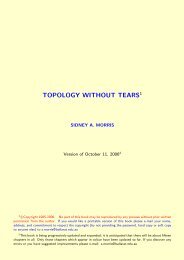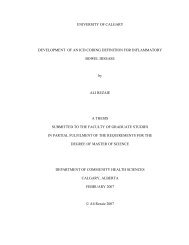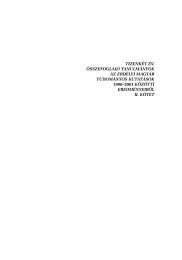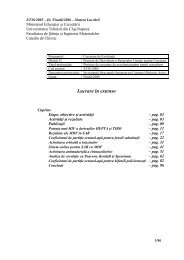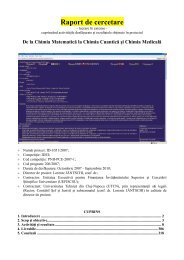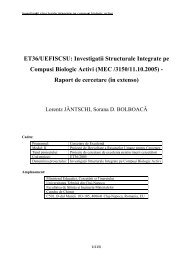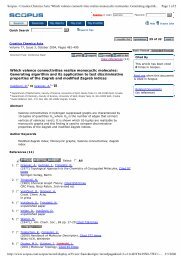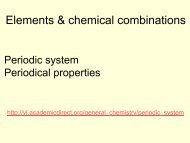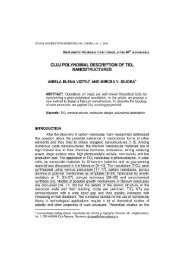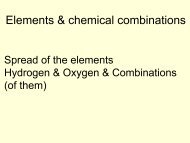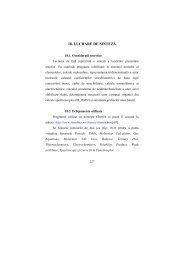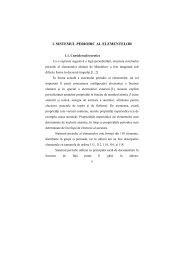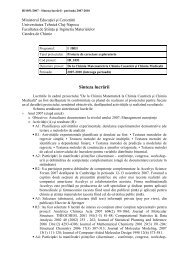New alternatives for estimating the octanol/water partition coefficient ...
New alternatives for estimating the octanol/water partition coefficient ...
New alternatives for estimating the octanol/water partition coefficient ...
You also want an ePaper? Increase the reach of your titles
YUMPU automatically turns print PDFs into web optimized ePapers that Google loves.
General Papers ARKIVOC 2009 (x) 174-194<br />
account <strong>the</strong> hydrogen bond acceptor character of <strong>the</strong> fluorine atoms, an improvement of <strong>the</strong><br />
statistics <strong>for</strong> equation 4 should be expected, if <strong>the</strong> variable V is related to hydrogen bonding.<br />
Such a result suggests that variable V is related ra<strong>the</strong>r to <strong>the</strong> Brønsted acid-base behavior of <strong>the</strong><br />
oxygen-containing compounds.<br />
1.4 Dependence of <strong>the</strong> logP parameter on index I and <strong>water</strong> solubility<br />
As it is known, 1,2 logP involves <strong>the</strong> <strong>partition</strong> of a chemical compound between an organic solvent<br />
(usually 1-<strong>octanol</strong>) and <strong>water</strong>. Starting from this basic notion, we attempted to correlate logP<br />
values with <strong>the</strong> ratios I/Sw, where Sw represents <strong>the</strong> <strong>water</strong> solubility (eq. 5a, obtained using those<br />
compounds <strong>for</strong> which both <strong>the</strong> experimental logP and Sw were available, Table 1). Such a<br />
strategy may offer an easily accessible method <strong>for</strong> measuring logP, being related to <strong>the</strong> real<br />
<strong>partition</strong> process (organic phase/<strong>water</strong>). A plot of logP calculated (eq. 5a) and <strong>the</strong> experimental<br />
logP is presented in Figure 5.<br />
LogP calcd.<br />
8<br />
7<br />
6<br />
5<br />
4<br />
3<br />
2<br />
1<br />
0<br />
-2 -1 0 1 2 3 4 5 6 7<br />
-1<br />
Figure 5. Plot of <strong>the</strong> logP calcd. (eq.5a) vs. log P exp. (Table 1).<br />
Hydrocarbons<br />
Alcohols<br />
Aldehydes<br />
Ketones<br />
Carboxylic acids<br />
LogP exp.<br />
ISSN 1551-7012 Page 185 © ARKAT USA, Inc.<br />
Esters<br />
Halogen compounds<br />
logP= 0.809 ×log(I * /Sw) + 0.066 eq. 5a<br />
N = 105; R 2 = 0.969; F = 3183,72; SE = 0.281; R 2 CV = 0.965; Q=3.501<br />
where Sw = experimental <strong>water</strong> solubility.<br />
The resulted correlation equation (eq. 5a) was compared to Yalkowsky’s equation applied to<br />
<strong>the</strong> same set of compounds (eq. 5b), 4 showing an improvement of statistical parameters, when <strong>the</strong>



